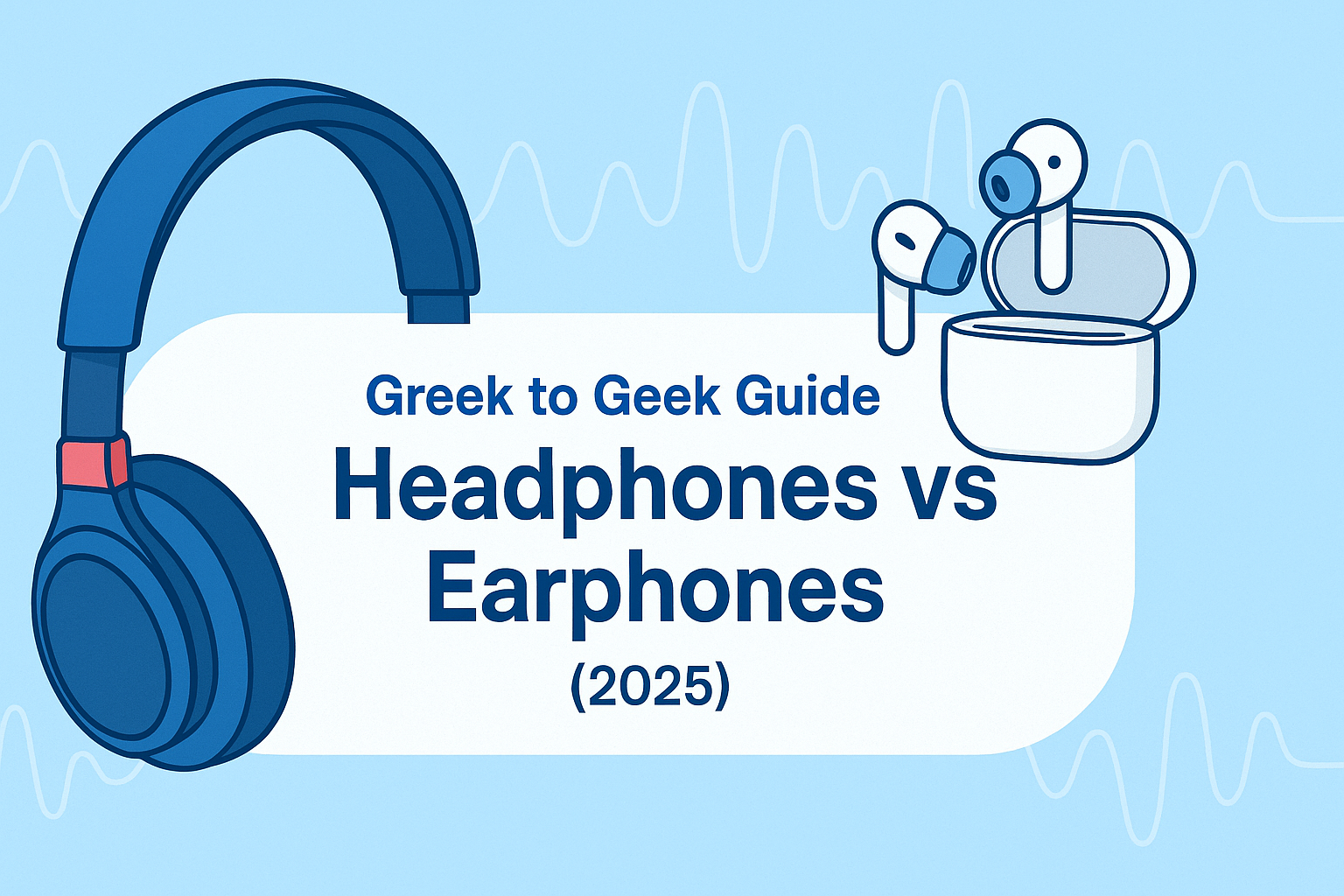
Guitar pickups are the heart of your instrument’s sound, transforming string vibrations into an electrical signal that defines your tone. Whether you’re playing bluesy licks, crunchy rock riffs, or searing metal solos, the right pickup can make all the difference.
There are two main types of pickups: active and passive. Each has its own unique characteristics, influencing everything from warmth and dynamics to clarity and output level. The choice between them depends on factors like your playing style, tone preference, and the genre of music you play.
So, what’s your sound? Are you after a warm, vintage tone or a high-gain, modern attack? Let’s dive in and find out which pickup type suits you best.
What Are Guitar Pickups?
At their core, guitar pickups are electromagnetic transducers that capture the vibrations of your guitar strings and convert them into electrical signals. These signals are then sent to an amplifier, where they are transformed into the sound you hear.

Pickups are a crucial part of shaping your guitar’s tone. Their design, materials, and internal components all influence how bright, warm, powerful, or dynamic your sound will be. From smooth jazz tones to aggressive metal riffs, the type of pickup you use plays a major role in defining your sonic identity.
Different pickup designs—such as single-coil, humbucker, and active systems—offer distinct tonal characteristics, making it important to choose the right one for your playing style and musical genre.
What Are Passive Pickups?
Passive pickups are the traditional choice for most electric guitars. They use copper wire coils and magnets to generate an electrical signal naturally, without the need for external power. This design has been the standard for decades and is beloved for its warm, dynamic tone.

Characteristics of Passive Pickups:
- Warm, organic tone with a natural response.
- More sensitive to picking strength and technique, allowing for expressive playing.
- Can produce noise or hum, especially in single-coil designs.
Genres & Applications:
Passive pickups are commonly used in blues, jazz, classic rock, and vintage-inspired music, where a rich and expressive tone is preferred. They’re favored by guitarists who value dynamics, natural warmth, and a traditional feel in their sound.
What Are Active Pickups?
Active pickups feature a built-in preamp powered by a 9V battery, which boosts and shapes the signal before it reaches the amplifier. This results in a more powerful and refined sound, making them a popular choice for modern, high-gain music.

Characteristics of Active Pickups:
- High output and clarity, perfect for heavy distortion.
- Less noise and interference, ideal for recording and live performances.
- Compressed dynamic range, creating a consistent and controlled tone.
Genres & Applications:
Active pickups shine in metal, hard rock, and progressive music, where precision, sustain, and a noise-free signal are crucial. They are favored by players who need tight low-end response, aggressive attack, and high-gain performance.
Pros and Cons: Active vs. Passive Pickups
When choosing between active and passive pickups, it’s important to consider their strengths and weaknesses. Here’s a quick comparison to help you decide which one suits your playing style and musical needs.
| Feature | Passive Pickups | Active Pickups |
|---|---|---|
| Tone | Warm, dynamic, vintage | Clear, high-output, modern |
| Output Level | Lower output | Higher output |
| Noise Level | Can be noisy | Low noise |
| Battery Requirement | No battery needed | Requires a 9V battery |
| Sensitivity to Touch | More dynamic and expressive | More even and compressed |
| Best For | Blues, jazz, rock, classic tones | Metal, hard rock, high-gain styles |
Ultimately, if you love expressive, organic tones and a vintage feel, passive pickups might be your best bet. On the other hand, if you need high-gain clarity, tight low-end response, and minimal noise, active pickups are the way to go.
Which One Should You Choose?
Still unsure whether to go for active or passive pickups? The right choice depends on your skill level, playing style, and tonal preferences. Here’s a breakdown to help you decide:
- For Beginners: Passive pickups are generally more versatile and forgiving, making them a great starting point for new players exploring different styles.
- For Blues, Jazz, and Classic Rock Players: If you value natural dynamics, warmth, and an expressive touch, passive pickups are the ideal choice.
- For Metal and High-Gain Players: Active pickups deliver powerful output, sustain, and clarity, making them perfect for heavy distortion and tight riffing.
- For Versatile Musicians: Want the best of both worlds? Consider hybrid setups or coil-splitting options, which allow you to switch between passive and active tones for maximum flexibility.
- For Versatile Musicians: Want the best of both worlds? Consider hybrid setups or coil-splitting options, which allow you to switch between passive and active tones for maximum flexibility.
Ultimately, your tone is personal—experimenting with both types of pickups will help you discover what works best for your playing style and musical goals
Popular Pickup Brands & Models
Passive Pickups:
- Seymour Duncan SH-4 JB – A versatile humbucker with a hot output, great for rock and blues.
- Fender Vintage Noiseless – Classic single-coil tone with reduced hum, ideal for strat-style guitars.
- Gibson Burstbucker – Delivers the warm, vintage PAF-style tone found in classic Gibson guitars.
Active Pickups:
- EMG 81/85 – A legendary metal pickup set offering tight, aggressive tones with high output.
- Fishman Fluence Modern – A cutting-edge active pickup with multiple voicings for versatility.
- Seymour Duncan Blackouts – High-gain pickups with a smoother, more dynamic response than traditional actives.
Conclusion & Final Thoughts
Both active and passive pickups have their strengths, and the best choice depends on your playing style, tone preference, and musical genre.
- Passive pickups offer a warm, dynamic, and expressive tone, making them great for blues, jazz, and classic rock.
- Active pickups provide high output, clarity, and noise-free performance, making them ideal for metal, hard rock, and high-gain styles.
If you’re still unsure, experiment with both types—try guitars with active and passive pickups at a local store or watch online demos to hear the differences for yourself.
Ultimately, your tone is personal, and the best way to find the right pickup is to trust your ears and playing experience.
Which pickup type do you prefer—active or passive? Let us know in the comments! 🎸
Explore the Best Guitar Pickup Collection
Upgrade your guitar’s tone with top-quality pickups. Find the perfect match for your sound, from warm vintage tones to high-gain modern clarity.
Shop Now



Share:
What is a DI Box? A Complete Guide for Musicians and Audio Engineers
Akai MPK Mini MK3 Review: The Ultimate Portable MIDI Keyboard?